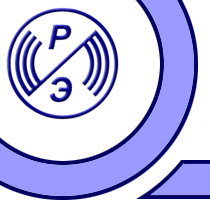


 |
 |
 |
Home | Staff | Activities | Publications | Collaborations | Equipment | Contacts
|
We are developing arrays of antenna-coupled TES direct detectors of 1.0 – 0.2 mm waveband region with the final purpose to create a prototype of supersensitive arrays which can be used in imaging radiometers for future space missions. It is well known that the use of transition edge sensor (TES) bolometers at very low transition temperatures (~ 0.3 - 0.1 Ê) is one of the most promising ways to achieve appropriate sensitivity of radiometers for submillimeter astronomy. The estimation have given us the noise equivalent power value ~ 10-19 – 10-20 W/Hz1/2 of possible bolometers what satisfies requirements for space astronomy applications. We are developing most of components of the radiometer, including antenna-coupled thin-film nano-bolometer and read-out electronics, which consists of multiplexing and signals read-out scheme based on projection method combined with the frequency domain biasing principle. Such combined multiplexing procedure allows for reducing the number of wires leading to the detectors that provides both the essential decreasing of the thermal load to the refrigerator and reducing the number of the read-out pre-amplifiers, ideally, to only one amplifier. |